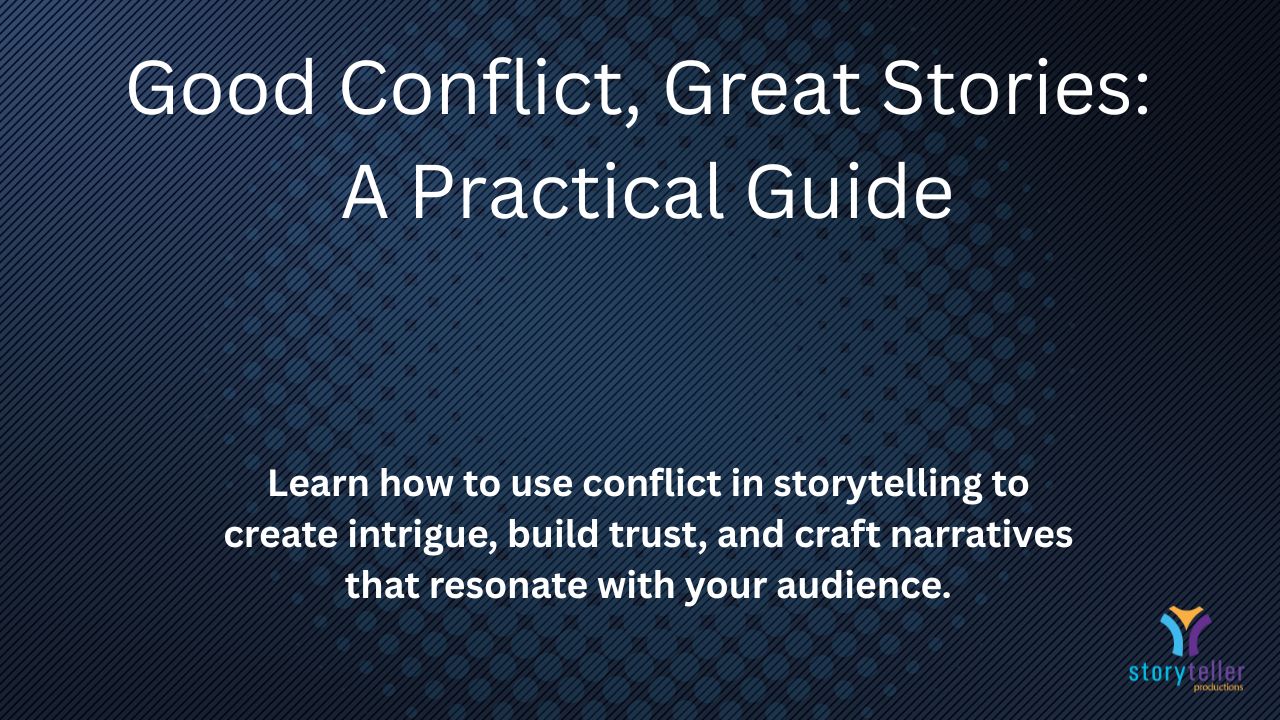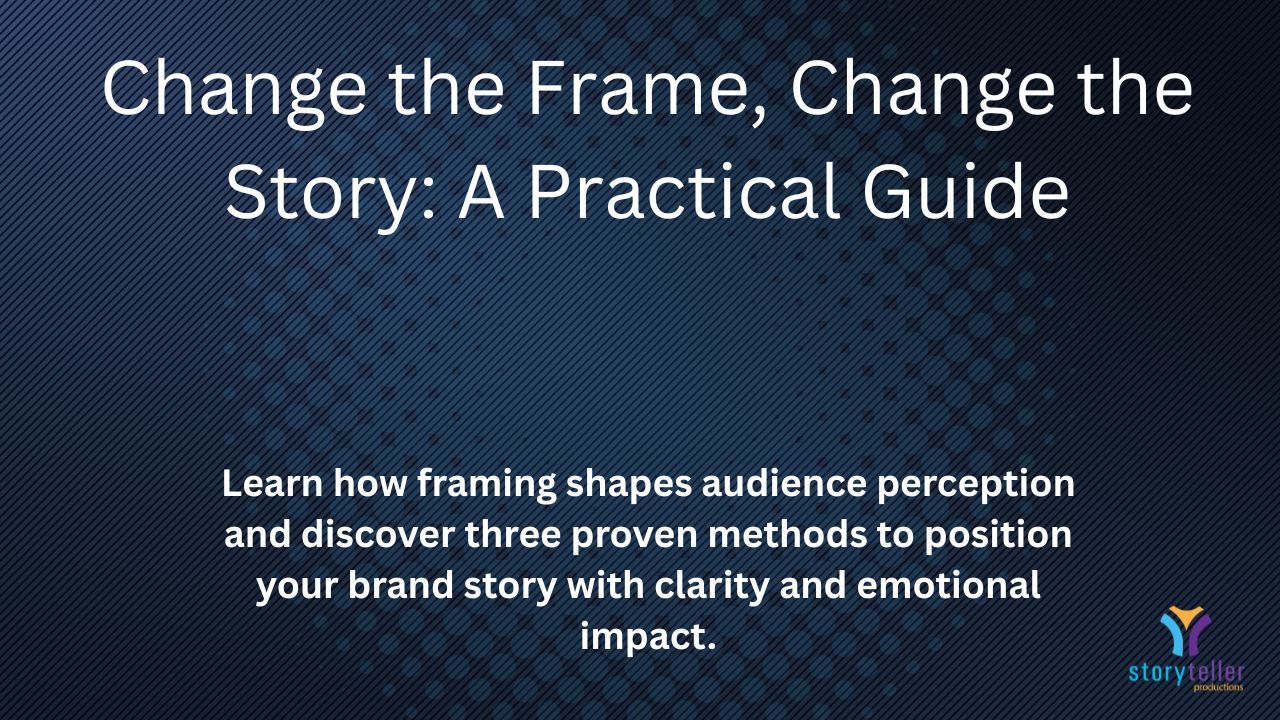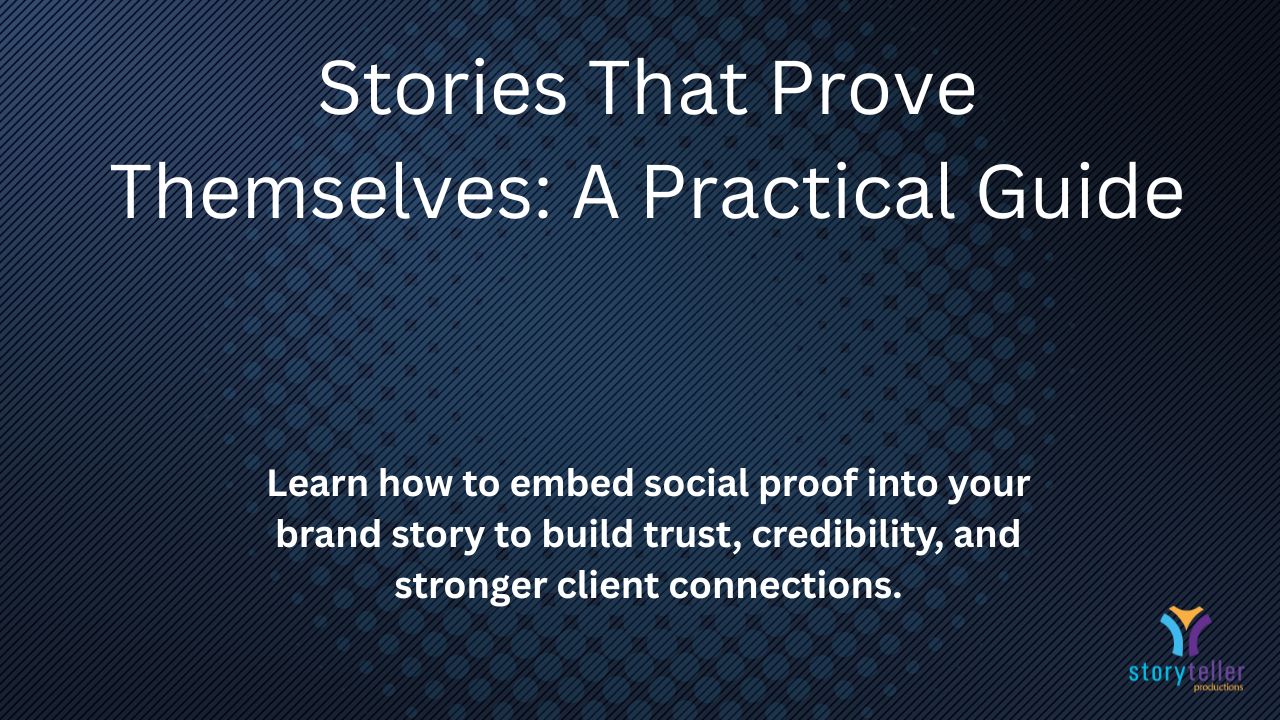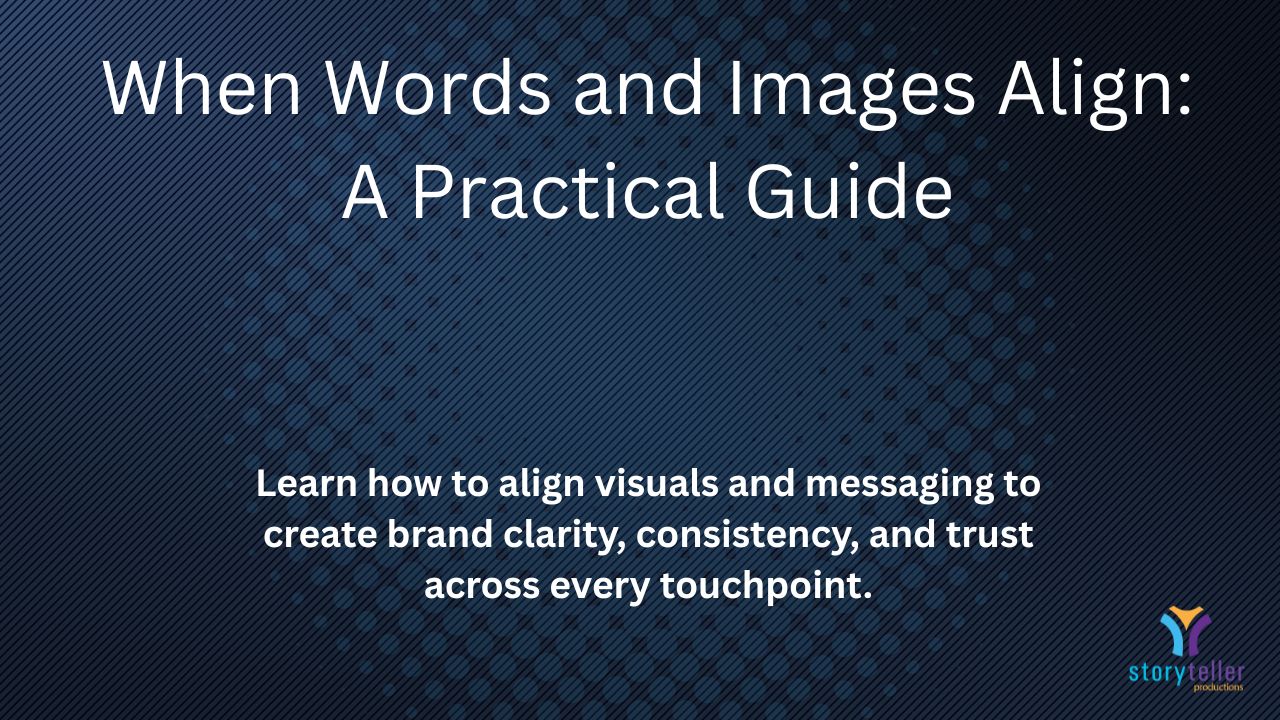Stories in the Numbers: Data Storytelling Guide
Data is everywhere. Dashboards, charts, and reports pile up. But here’s the problem: raw data rarely moves people.
What does move people is story. When numbers are woven into a narrative, they stop being abstract—they become meaningful.
That’s the essence of data storytelling: transforming analytics into insights your audience can feel, understand, and act upon. For analysts, marketers, and thought leaders, mastering this skill means you don’t just inform—you influence.
Why Data Storytelling Matters
Most audiences aren’t persuaded by facts alone. They need context. They need meaning. They need to see themselves in the data.
- Numbers without story: “Customer satisfaction scores dropped 12% last quarter.”
- Numbers with story: “As colder weather set in last quarter, customer satisfaction dipped by 12%—a trend we’ve seen three years in a row. This suggests winter staffing shortages impact customer experience, creating opportunities for targeted solutions.”
The second version not only informs but connects the dots and points toward action.
Step 1: Define Your Core Message
Every strong data story starts with clarity. Ask:
- What is the single most important insight?
- Why does it matter to my audience?
- What action should they take because of it?
Example: Your analytics show that Gen Z customers engage most during late-night hours. The core message: Optimize campaigns for late-night engagement to capture this demographic when they’re most active.
Step 2: Gather and Analyze Relevant Data
Once your message is clear, select the right data to back it up. Resist the temptation to include everything—choose what reinforces your story.
Tools: Google Analytics, HubSpot, Tableau, Excel, or native social media insights.
Example: If your story is about shifting buyer behavior, pull from:
- Website traffic logs
- Conversion data
- Customer surveys
💡 Pro tip: Highlight anomalies and patterns—they’re often the hooks of your narrative.
Data-to-Story Examples
Here’s how raw numbers can transform into stories:
- E-commerce Sales
- Raw Data: “Sales increased by 30% during the holiday season.”
- Story: “Last holiday season, our campaign sparked a 30% sales surge, led by millennial shoppers hunting unique gifts. Social ads hit the right note, driving record site traffic and conversions in just three weeks.”
- Employee Engagement
- Raw Data: “Employee turnover dropped 15% last year.”
- Story: “By introducing flexible work schedules, turnover dropped 15% last year—saving the company $2M in rehiring costs. More importantly, employees reported higher satisfaction, proving culture is a retention strategy, not just a perk.”
- Healthcare Outcomes
- Raw Data: “Hospital readmission rates decreased 8%.”
- Story: “After rolling out a patient follow-up program, readmissions dropped 8%. For 400 families, that meant fewer stressful ER visits and more nights at home. Data showed progress; stories revealed impact.”
- Marketing Campaign Performance
- Raw Data: “Click-through rate improved from 1.2% to 2.8%.”
- Story: “Our campaign doubled engagement by shifting from generic copy to personalized messages. A 23-year-old in Chicago saw a story crafted for her—and clicked. Multiply that by 20,000, and you get our 2.8% CTR.”
- Education
- Raw Data: “Student math scores improved 12% year-over-year.”
- Story: “When we introduced peer-led study groups, math scores jumped 12% in one year. But the real win came from students who went from failing to passing—proving the model isn’t just effective, it’s transformative.”
Step 3: Create Engaging Visuals
Visuals turn data from overwhelming into digestible.
- Line graphs for trends over time.
- Bar charts for comparisons.
- Infographics for summaries.
- Short videos or animations for dynamic storytelling.
Example: Instead of listing monthly satisfaction scores, show a line graph that dips in winter months—your story becomes instantly clear.
Step 4: Build a Narrative Arc
Think like a storyteller. Every data narrative needs a beginning, middle, and end:
- Setup: Introduce the problem or insight.
- Conflict/Analysis: Present the data, context, and patterns.
- Resolution: Share recommendations or actions.
Case Study: Nonprofit Example
A nonprofit analyzed donor behavior and saw donations dip in the summer months. Instead of just reporting the decline, they crafted a campaign:
- Setup: “Summer is when funding is lowest.”
- Conflict: “But it’s also when families need support most.”
- Resolution: A campaign featuring beneficiary stories, leading to a 40% increase in summer donations.
Step 5: Share and Engage
Once your story is built, distribute it intentionally.
- Blogs: Publish long-form stories with charts.
- Social Media: Share bite-sized visuals and insights.
- Email: Deliver targeted stories to specific segments.
- Presentations: Use live storytelling with visuals for stakeholders.
Encourage engagement by asking:
- “What’s your reaction to this trend?”
- “Have you experienced something similar in your business?”
This turns data storytelling into two-way dialogue.
Advanced Strategies for Data Storytelling
- Humanize the Numbers
Pair data points with customer quotes, testimonials, or case examples. - Use Comparisons
Benchmarks make data relatable. “Our 20% growth outpaced the industry average of 12%.” - Frame for Impact
Instead of “site traffic fell 8%,” say, “we lost 10,000 potential visitors last quarter.” - Leverage Multimedia
Podcasts, videos, and interactive dashboards let different audiences consume stories their way.
Why This Matters
Data storytelling isn’t fluff—it’s how trust is built. Numbers show credibility. Story builds connection. Together, they create action.
Without story, your insights are forgotten. With story, your insights spread.
Conclusion: Stories Hidden in Your Numbers
The numbers you already have—sales reports, survey responses, analytics—are full of stories waiting to be told.
So ask yourself:
- What data do I already have that could reveal a story?
- How can I frame it so it connects emotionally as well as rationally?
- What action do I want my audience to take after hearing this story?
Because when you master data storytelling, you stop being a messenger of numbers—and start being a driver of meaning.
Want to master storytelling frameworks that work with both words and numbers? Subscribe to The Storyteller Advantage for practical guides on turning raw insights into narratives that stick and spread.




